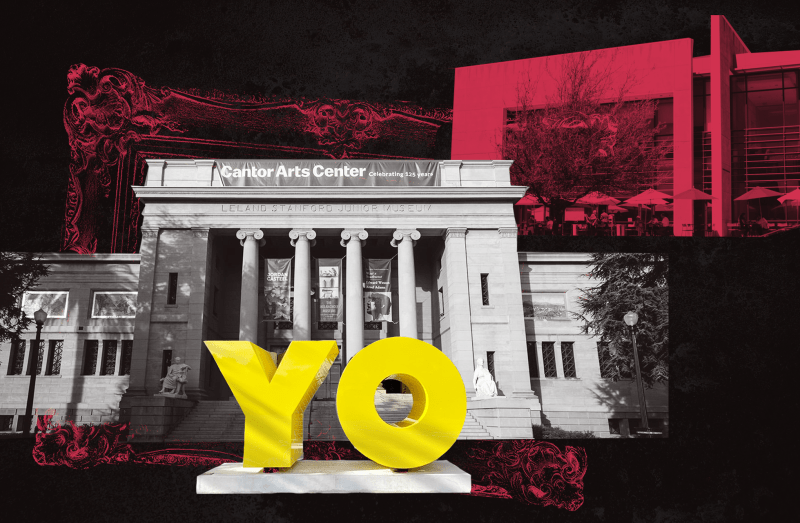Artists Leonard Suryajaya and Pao Houa Her spoke on themes of intersectional Asian American identities and familial presence within art, at a virtual panel hosted by the Cantor Arts Center’s Asian American Art Initiative.
During the discussion, photos by Suryajaya and Her, who convey their cultural experiences of kinship and the “American Dream” through photography, were presented. The photos were published in Aperture magazine’s most recent issue, “Being & Becoming: Asian in America.” Aperture co-hosted the panel, which also included the issue’s guest editor, Stephanie Hueon Tung, and assistant professor of art history Marci Kwon.
Suryajaya’s Chinese background and queer identity are two integral influences in his work as a photographer. Before immigrating to America for college, he expressed feeling disconnected from traditionalist Indonesian standards, which led him to repress his Chinese heritage and sexual orientation while growing up. In America, Suryajaya eventually found belonging and visibility through his camera lens.
“When I turned 18 and found myself in California, I asked myself, ‘What is the truest, most authentic form of who I am?’ Because in Indonesia, I never felt complete,” Suryajaya said. “I found freedom in photography as a stage where I can put in all of these different ingredients in my life and create a more expansive way in which I could see myself being reflected.”
Opening his presentation, Suryajaya displayed collections of his art pieces, many of which included his immediate family members beside his white husband as the “ingredients” to his “stage,” which he described as a platform to vent his emotions and experiences.
One of his photographs, “Family Tree”, involves his husband stacked underneath his family members with “nostalgic” rice crackers covering their eyes — physically carrying them and bearing the weight of parental expectations, all the while blinded by their unconditional love for Suryajaya. “This is one way that I can acknowledge my humanity, my fullness and my queerness, as someone in America from a complicated Asian background,” he said.
Suryajaya has learned to understand his family’s willingness to participate in his art pieces as a way for them to show support for him and his practice. “[Photography] became a new language that my family understands me by because they really see how I try to occupy myself to my fullest, since in the past, I may not have had the best communication of my feelings or even my truth as a queer person,” he said.
Similar to Suryajaya, Her’s photography style is heavily inspired by her cultural background as a member of the Hmong diaspora in America and Laos. Her recognizes the forgotten history of many Hmong people and works to shed light on her ancestry through portraiture and landscape images.
She describes creating photos as “a sort of give and take” process, emphasizing the family she builds beyond blood ties.
“For me, kinship in the community is very important. I photograph not just my family, but I also go out and work in the community too,” Her said. “I don’t really think about the work as just my work. It is very much a collaboration that creates bonds.”
Her started with photographs from one of her collections, “Attention.” In this body of artwork, she photographed Hmong American veterans of the Vietnam war to mimic the typical white American portrait of a soldier and to acknowledge the myriad Hmong veterans who were not recognized by the United States for the sacrifices they made on behalf of the country.
“So many Hmong Americans are here because of the Vietnam War. The war is so present in my community and in our everyday lives, and by making these photographs, I am giving voices to these men,” said Her.
Through collaborations in photography, Her expresses gratitude for the deeper connections she has built with her family and the Hmong community.
“The kinship that is required to produce this work is really significant,” she said. “Even knowing the history of agriculture within the Hmong diaspora is enough to inspire me.”
For Her and Suryajaya, photography offers heartfelt stories to be told and appreciated. These two artists sought to show that the stories of the Pan-Asian American diaspora are not monolithic, as seen through their unique depictions of relationships and hardship in Asian America.
“[We] are allowed grief, joy, ambivalence, complexity and beauty to be honored for the fullness of our existence,” Kwon said. “And this is to me, the gift of being and becoming Asian in America for all of us, and for the future study of these artists and art history.”
